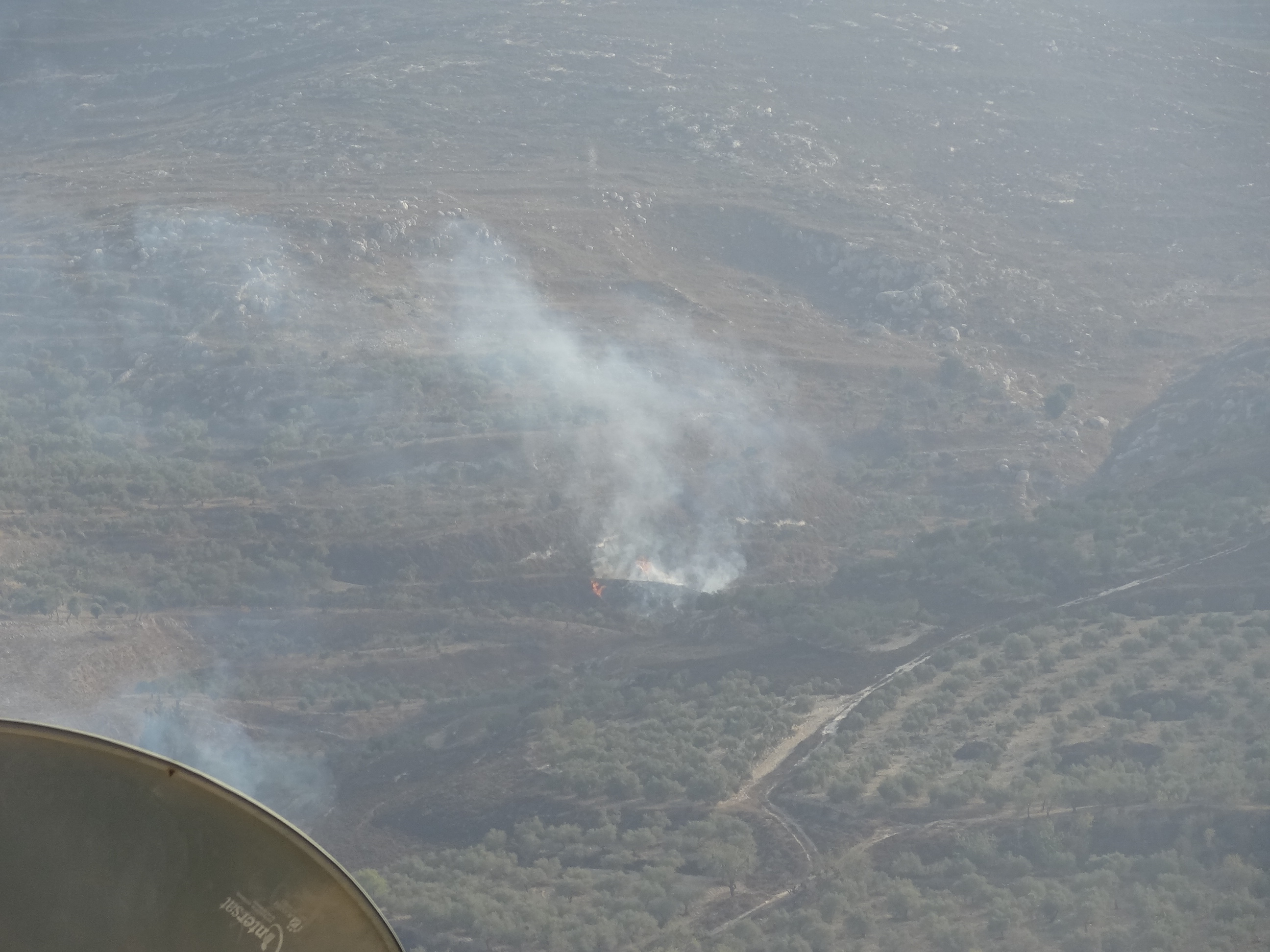Tag: Settlement
-
Freedom for Jalaal
By Anna Conroy 18 September | International Solidarity Movement, West Bank On Saturday 15th September a group of four internationals from ISM joined the Daraghmah family at their home in al Luban to celebrate son Jalaal’s release from prison. Thanks to many generous donations ISM was able to pay the five thousand shekel bail ($1300)…
-
Settlers set Palestinian land ablaze in village of Burin
By Alex Marley 15 September 2012 | International Solidarity Movement, West Bank In the afternoon of Tuesday, 11 September 2012, settlers from the illegal Israeli settlement of Yitzhar burned farmers’ land containing almond trees in the Palestinian village of Burin. Around 10 settlers came down from the nearby settlement of Yitzhar and started to burn…
-
Settlers destroy 18 olive trees Burin
By Alex Marley 11 September 2012 | International Solidarity Movement, West Bank Eighteen Palestinian-owned olive trees were destroyed by Israeli settlers in the village of Burin, near Nablus, when the illegal settlers attacked the Palestinian land on Tuesday 4 September 2012. Burin, located in the northern West Bank, comes under frequent attack from the illegal…


